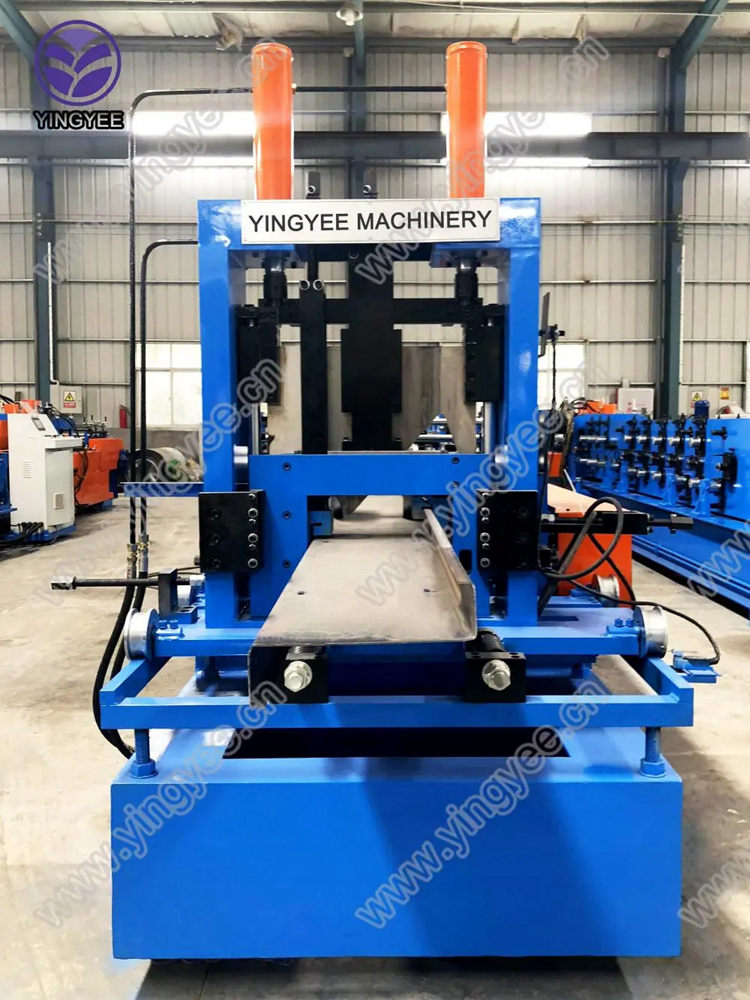
The Importance of Mesh Wire Welding Machines in Chicken Cage Production
In the world of poultry farming, the efficiency and durability of equipment play a crucial role in ensuring optimal production levels. One such critical piece of machinery is the mesh wire welding machine, specifically designed for producing chicken cage welding wire mesh panels. This technology has transformed the way farmers construct cages, contributing significantly to the industry’s evolution.
What is a Mesh Wire Welding Machine?
A mesh wire welding machine is an advanced piece of equipment that automates the process of welding wire into mesh panels. This specialized machinery can manipulate various types of wire, creating strong, uniform, and high-quality mesh that is ideal for chicken cages. The machine generally features a user-friendly interface, allowing operators to set parameters such as mesh size, wire diameter, and welding pressure. This flexibility enables the production of custom designs to meet the specific needs of different poultry operations.
Advantages of Using Mesh Wire Welding Machines
1. Efficiency One of the primary advantages of using a mesh wire welding machine is the significant increase in production speed. Traditional methods of forming wire mesh involve manual labor, which can be time-consuming and less efficient. In contrast, automated welding machines can produce large quantities of mesh panels in a fraction of the time, allowing farmers to scale their operations rapidly and effectively.

2. Consistency and Quality The precision of a mesh wire welding machine ensures that every mesh panel produced is consistent in quality and strength. This uniformity is essential in poultry farming where discrepancies in cage strength can lead to structural failure and potential loss of birds. Automated welding also reduces the likelihood of human error, resulting in superior products that require less maintenance over time.
3. Cost-Effectiveness While the initial investment in a welding machine can be substantial, the long-term savings are significant. By streamlining the production process and reducing labor costs, farmers can see a return on their investment relatively quickly. Moreover, the durability of welded mesh panels decreases the need for frequent replacements, contributing to cost savings.
4. Customization Farmers can tailor the specifications of the mesh panels to suit their unique requirements. Whether it's the size of the mesh openings or the gauge of the wire, the ability to customize ensures that each poultry operation can create environments that promote animal welfare and optimize space utilization.
5. Sustainability With advancements in technology, many modern mesh wire welding machines are designed with energy efficiency in mind. This not only reduces operational costs but also minimizes the ecological footprint of poultry farming. Sustainable practices are increasingly important in agriculture, and utilizing efficient machinery is one step toward improving overall sustainability.
Conclusion
The mesh wire welding machine is an indispensable tool in the poultry industry, particularly for the production of chicken cage welding wire mesh panels. Its efficiency, consistency, cost-effectiveness, customization options, and sustainability contributions make it a vital investment for poultry farmers looking to enhance their operations. As the demand for poultry products continues to grow, embracing modern technology like mesh wire welding machines will be crucial in meeting this demand while ensuring quality and animal welfare. In conclusion, the integration of these machines within poultry farming not only boosts productivity but also supports a more efficient and sustainable agricultural model for the future.